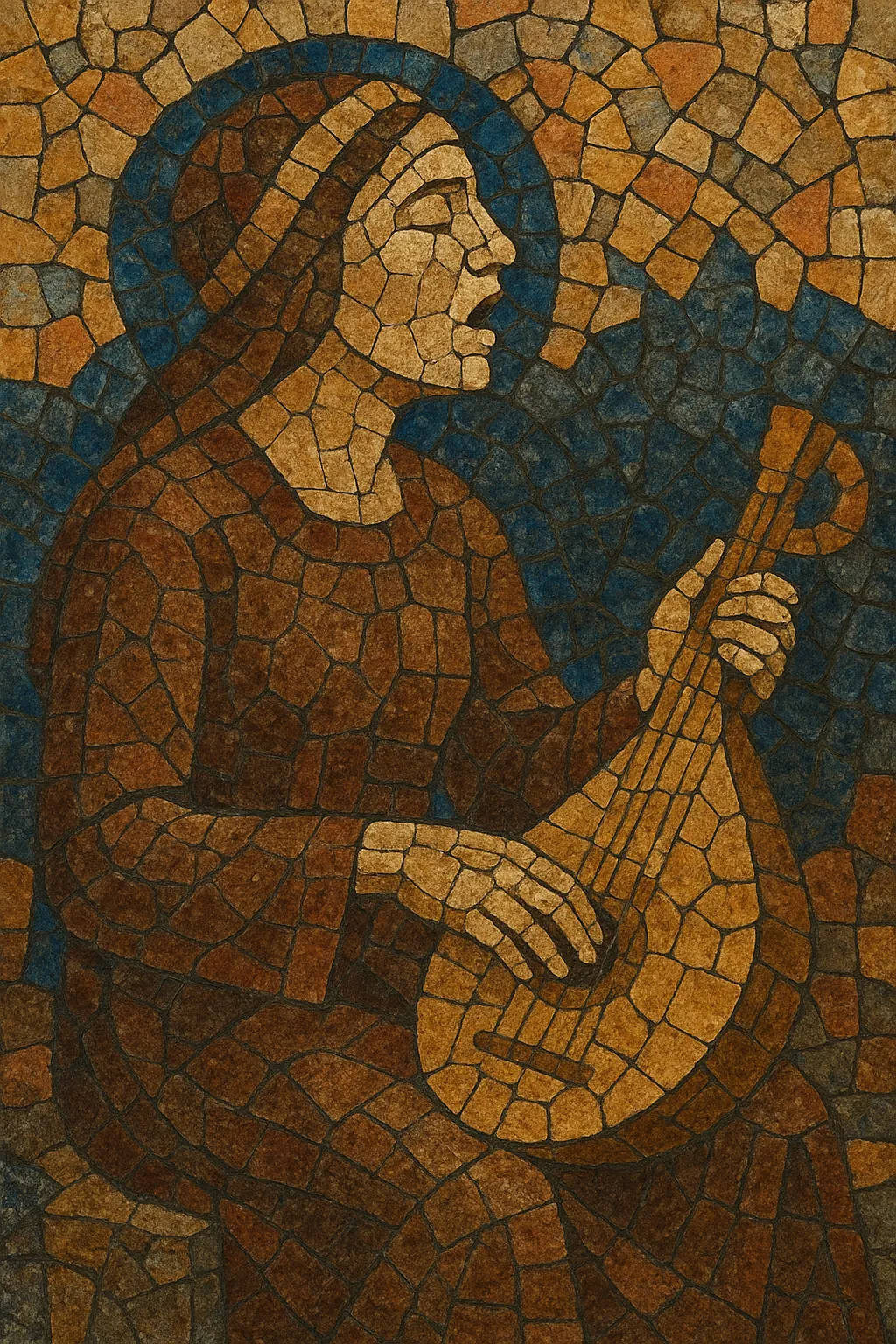Runo song (Finnish: runolaulu; Estonian: regilaul) is the ancient Finnic oral-sung poetry tradition built on the so‑called Kalevala meter. It uses trochaic tetrameter, formulaic diction, parallelism, and ring-like repetition to carry myth, ritual, and everyday narratives.
Melodies are narrow-ranged and chant-like, often centred on a few tones, with a solo leader and a small chorus that echoes, overlaps, or sustains the line. Performance can be unaccompanied or supported by the kantele (Finnish zither), frame drum, or other simple folk instruments, but the voice and text are primary.
Runo songs include epic cycles (mythic creation, heroes), wedding and work songs, charms and incantations, and laments. The style is austere yet powerful, favouring alliteration, parallel images, and incremental variation over harmonic complexity.
Runo song developed among Balto-Finnic peoples (Finns, Karelians, Ingrians, Estonians) long before extensive written records. Its metrical basis—trochaic tetrameter with tight alliteration and parallelism—suggests deep antiquity, with the voice as the principal instrument and text as the carrier of cultural memory.
During the 1800s, large-scale collecting by folklorists preserved the tradition. Elias Lönnrot compiled the Kalevala (1835/1849) and Kanteletar (1840) largely from runo songs he recorded in Karelia and adjacent regions. In Estonia, collectors such as Jakob Hurt and others documented regilaul variants. These efforts created national literary epics and vast archives (e.g., SKVR in Finland), fixing the meter and style in the public imagination.
Modernization and urbanization reduced everyday transmission, but scholarly editions, choral arrangements, and folk revivals kept the style audible. Composers (notably Veljo Tormis) adapted regilaul for choirs; Finnish and Estonian folk movements reanimated small-ensemble runo singing, balancing authenticity with contemporary sensibilities.
Today, runo song lives in archival research, historically informed performance, and innovative folk and art-music projects. Folk groups, solo tradition-bearers, and crossover artists draw on the meter, melodic contours, and narrative cycles, influencing Nordic folk scenes and even metal and experimental genres.


